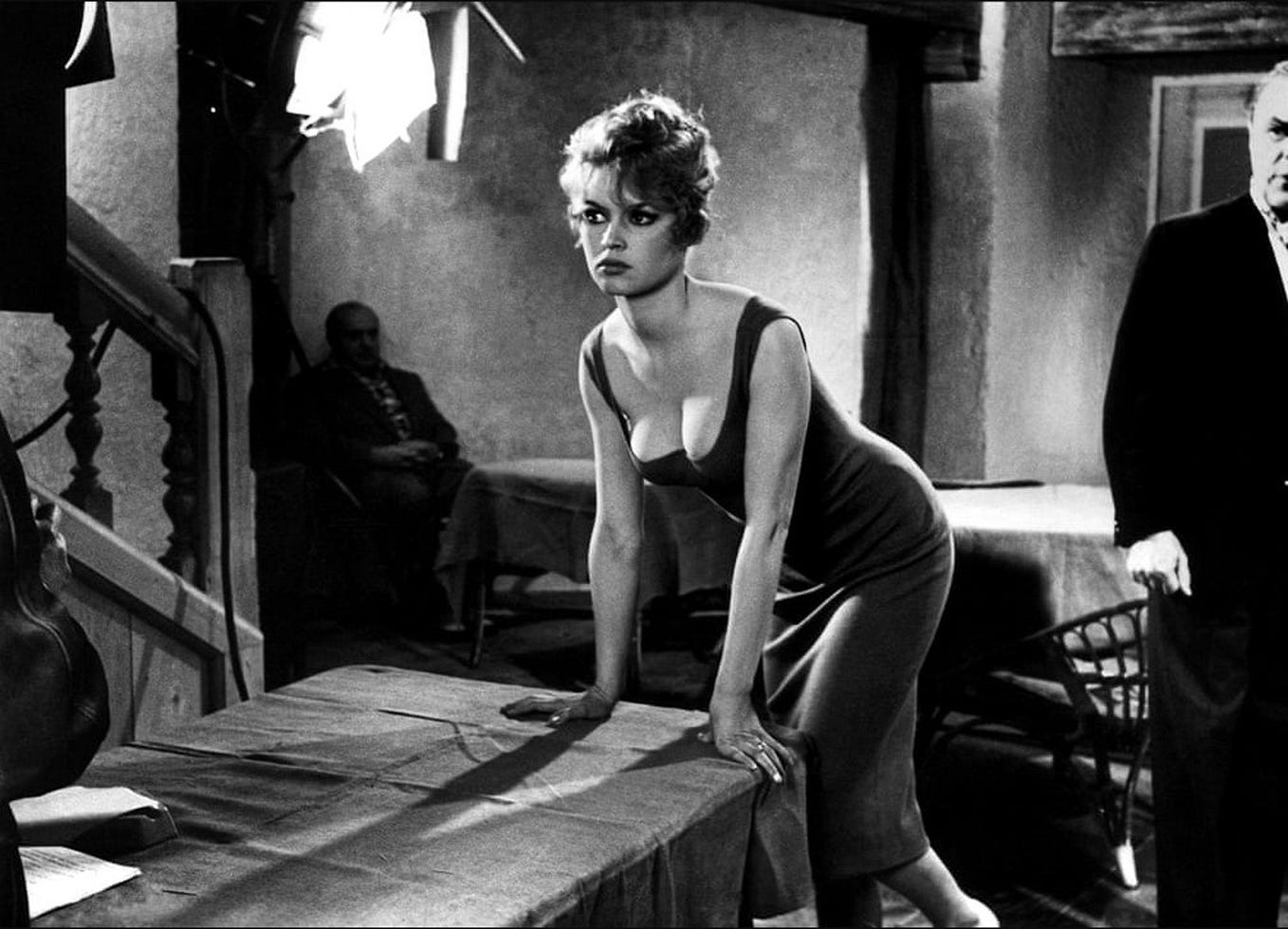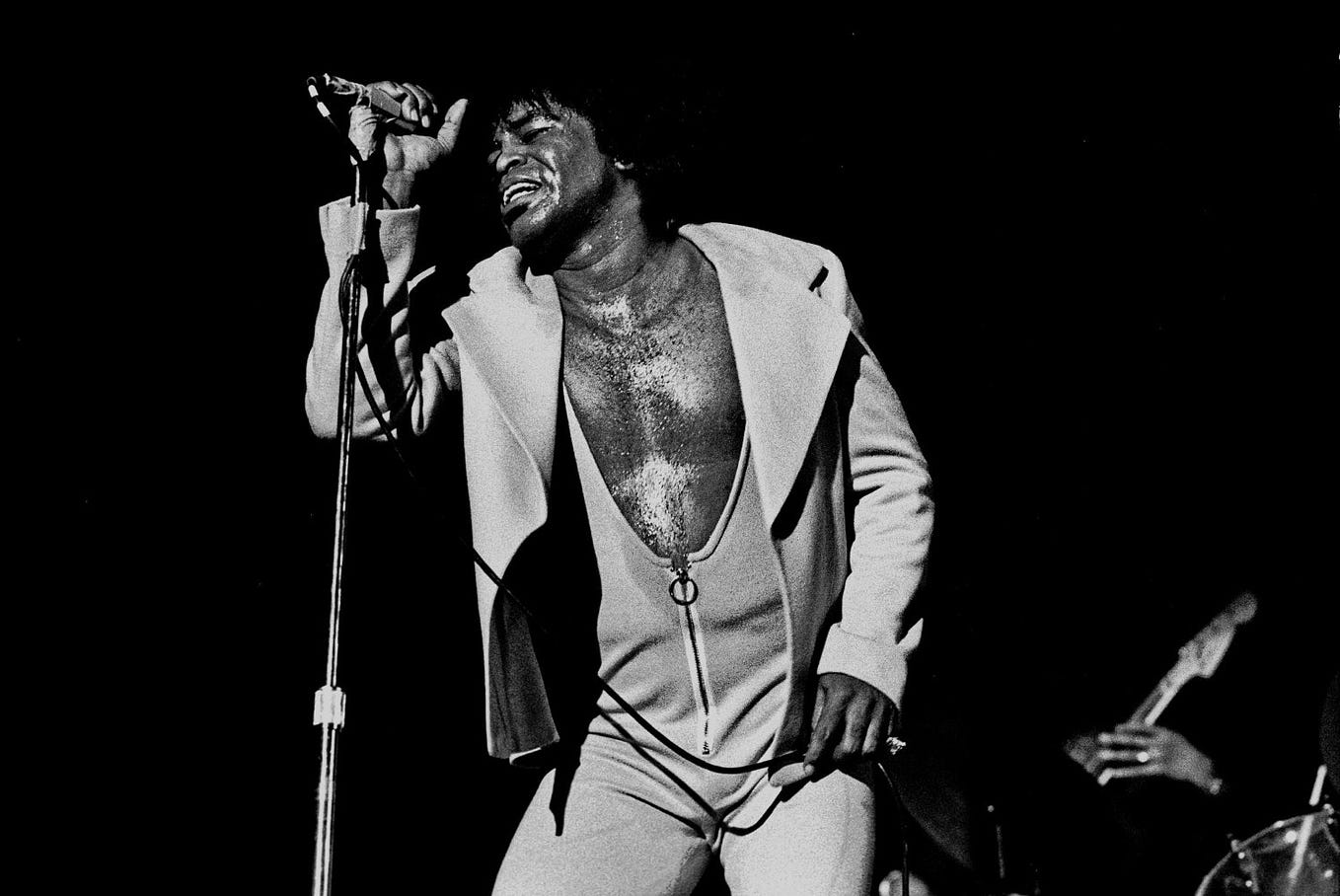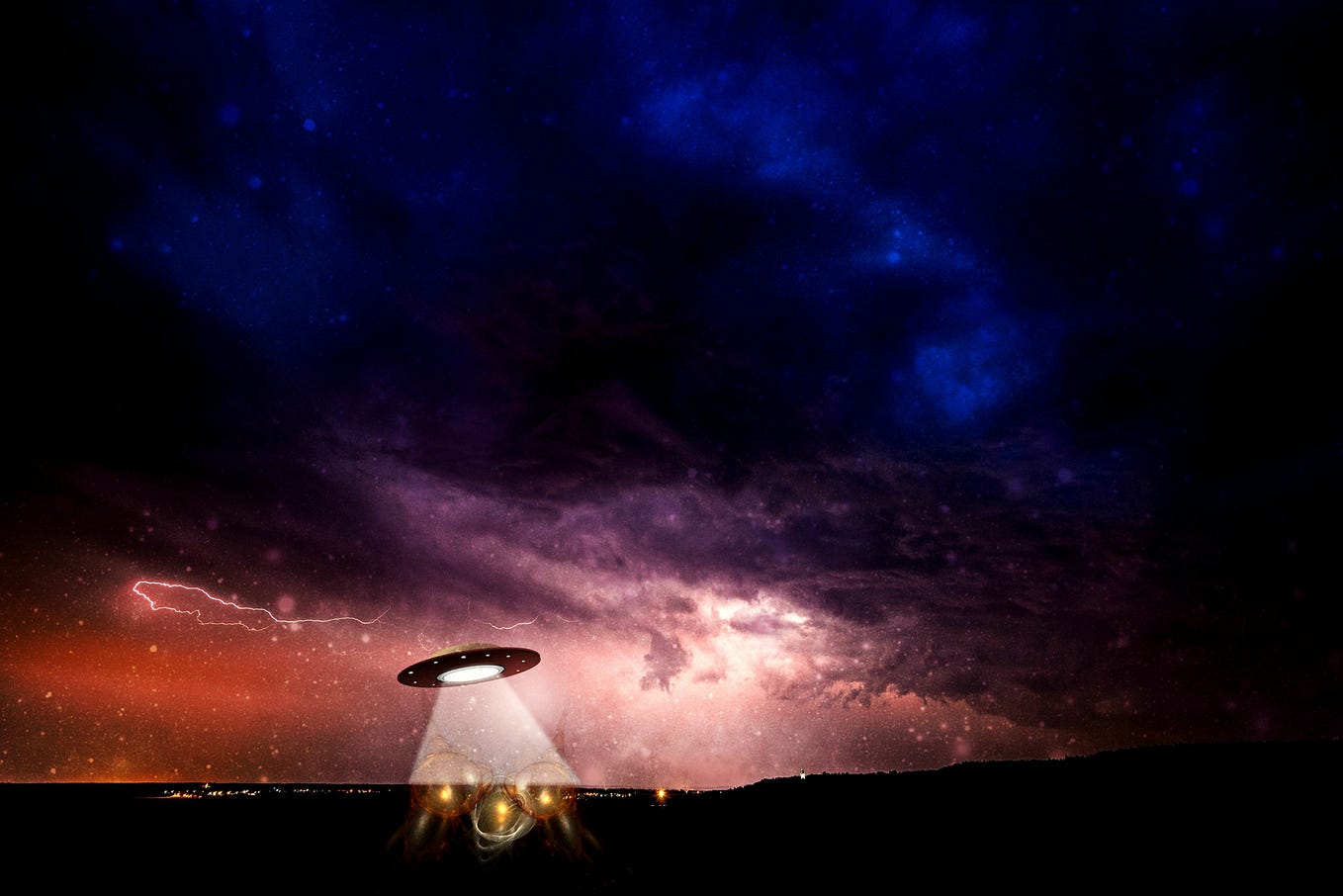Bobby Tench, singer and guitarist
Rock, jazz, funk, and the short attention span of Jeff Beck
IF YOU KNOW BOBBY TENCH’S NAME, it’s most likely from his melismatic, sandpapery lead vocals with the second Jeff Beck Group (Rough and Ready, “The Orange Album”). These two records barely scratch the surface of Tench’s talent, not only as a singer, but as a guitarist, keyboardist, and arranger.
His professional career started in May 1965, with a London band called The Gass, where he did most of the lead singing and also played organ, guitar, percussion, and occasional bass. Over the years the band dropped the definite article from their name and evolved into a hot fusion outfit that mixed African elements with funk, jazz, rock, and blues.
Their one excellent album, from 1970, also features the brilliant blues guitarist Peter Green on two tracks.
Here’s the complete album on YouTube (the first track is a good place to start).
By 1971 Tench was also playing in a spin-off band called Gonzales that included Godfrey McLean and other members of Gass.
Enter Jeff Beck
BECK, after the breakup of his first post-Yardbirds Jeff Beck Group, was planning a power trio with Carmine Appice and Tim Bogert of Vanilla Fudge. Instead, a skull fracture from a car wreck sidelined him in November of 1969. Bogert and Appice moved on while Beck was recovering, and late in 1970 Beck formed a second eponymous group with drummer Cozy Powell. Bob Marley’s guitarist, Junior Marvin, heard Beck was looking for a bass player and introduced him to Trinidad-born Clive Chaman. Chaman, in turn, introduced him to pianist Max Middleton.
“I used to work on the docks in London,” Middleton says. “I had been playing professionally for only about six months. I knew Clive Chaman, and I lived up the road from where they were rehearsing. Clive introduced me to Jeff. I’d never heard of Jeff before that” [Middleton 1].
The group was rounded out by vocalist Alex Ligertwood, who would later go on to fame with Santana. They recorded the Rough and Ready album in April and May of 1971. Beck’s record company — he had just re-signed with Epic — was not impressed with Ligertwood and Beck agreed to look for a replacement.
Chaman knew Bobby Tench from his gigs at the Speakeasy with Gonzales, and he took Beck to Ronnie Scott’s club to hear him. Beck was convinced, Tench was hired, Ligertwood’s vocals were stripped off the masters, Beck rewrote any lyrics that Ligertwood had contributed, and Tench replaced the vocal tracks. That was not the end of the tinkering with the album — Powell had gotten a new drum set and insisted on replacing all of his drum tracks right before the final mix [Middleton 2].
It’s a wonder that Rough and Ready wasn’t a complete disaster. Instead, it’s Beck’s second-best album (after Blow by Blow), thanks to superb songwriting attributed to Beck — all the more surprising because he never wrote that much material before or after. I will note that there are rumors that bassist Chaman contributed significantly to the writing but didn’t get credit.
A second album followed in May of 1972, titled Jeff Beck Group, but known as The Orange Album due to its cover art. With the exception of the relentless cover of the Don Nix song “Going Down,” the album is a poor shadow of Rough and Ready, just as Beck-Ola was to Truth and Wired would be to Blow by Blow.
Beck’s restlessness is both a blessing and a curse. Without it he might still be playing with Rod Stewart and we never would have had Blow by Blow; because of it we didn’t get the follow-up to Blow by Blow that we could easily have had if Jan Hammer hadn’t taken over and the amazing Richard Bailey had been left behind the drum kit.
In any case, in July of 1972, Beck was off again. He formed a new Jeff Beck Group with the rhythm section of Bogert and Appice behind Max Middleton on keyboards. Initial vocalist Kim Milford, later a rock musical staple, was quickly replaced by Bobby Tench. Within weeks, however, Tench and Middleton were off the tour, and Beck finally got his wish for a heavy power trio. Beck, Bogert & Appice recorded one album and had started a second in early 1974 when Beck once again pulled the plug.
Beck spent a few months figuring out his next move. Under the spell of John McLaughlin’s Mahavishnu Orchestra, he decided to do an album of jazz-influenced instrumentals. He picked George Martin to produce because of Martin’s work with Mahavishnu, brought in Max Middleton on keyboards, and in October they recorded Beck’s masterpiece, Blow by Blow.
Blow by Blow
Blow by Blow is not the focus of this article, but I do have to mention a couple of bits of trivia. If I didn’t know better, I would think that Blow by Blow was a prime example of the energy that comes from playing live in the studio. And, in fact, some of the album was recorded live. But a good deal of it was studio chicanery.
Carmine Appice was Beck’s original choice for drummer on the project and played on five tracks. Appice needed co-billing to settle some contract issues with CBS records, Beck’s management wouldn’t let him have it, so they ended up replacing Appice’s parts with new ones by Richard Bailey [Appice].
It’s hard to imagine Blow by Blow without Bailey’s incredibly subtle and sensitive drumming, but you have to remember that Beck was still thinking in terms of Mahavishnu and their powerhouse drummer Billy Cobham — for that reason, Beck chose not to use Bailey on the Blow by Blow tour, recruiting veteran sideman Bernard Purdie instead [Middleton 2].
Also, Middleton and the rhythm section laid down several tracks as a trio — including “Diamond Dust” and “She’s a Woman.” “We did a lot like that because [Jeff] just wasn’t in the studio. He’d turn up later in the day” [Middleton 3].
Hummingbird (1975)
TENCH, who had left the Beck, Bogert & Appice tour in September of 1972, spent the next two years doing session work for the likes of Linda Lewis, Junior Marvin, and Freddie King. At the same time, he was trying to reform the Rough and Ready band.
By July of 1973 he had the players in place for a group called Hummingbird: Beck Group veterans Middleton on keyboards and Clive Chaman on bass, teamed with drummer Conrad Isidore (whom he’d worked with on the Junior Marvin sessions), and second guitarist Bernie Holland. Beck himself was involved sporadically, but — no surprise — bowed out in the end to pursue his own fickle and fleet-footed muse.
Hummingbird recorded the bulk of their first album in September and October of 1974. Middleton must have had a busy month, as he was also recording Blow by Blow that October. In any case, the results were outstanding: Hummingbird turns out to be one of the great lost groups of the 1970s.
That first album finds a wide middle ground between the rocking R&B of Rough and Ready and the jazz-funk of Blow by Blow. Clearly the two bands were listening to each other — not only was Middleton playing in both groups, but Beck used Holland’s “Diamond Dust” on Blow by Blow, and Holland’s composition “Horrors” on Hummingbird bears more than a little resemblance to “AIR Blower” or “Thelonius” on Blow by Blow.
Tench plays most of the lead guitar on Hummingbird — he’s the one with the pinched harmonics and wah-wah distortion that open the first track, “Music Flowing.” Holland’s cleaner, jazzier guitar is showcased on the instrumental “Horrors.”. If you like either of these tunes — and really, what’s not to like? — you can find more on YouTube.
We Can’t Go On Meeting Like This (1976)
THE SECOND Hummingbird album immediately announces its change in direction with a set of flams from new drummer Bernard “Pretty” Purdie on “Fire and Brimstone.” Purdie, who claims to be “the world’s most recorded drummer,” played with everybody from Aretha to Steely Dan to James Brown to Joe Cocker.
While Conrad Isadore was a terrific drummer with a light, jazzy touch, Purdie hammers home the groove with unstoppable swing. It’s the difference between R&B and funk, and funk is the hallmark of We Can’t Go On, due in no small part to Clive Chaman’s aggressive and in-the-pocket bass.
Isadore had written five of the nine songs on Hummingbird, all of them catchy, buoyant, and melodic. Tench and Chaman picked up the slack on We Can’t Go On, but their songs tend to lean more on rhythm than melody. And while the first album had only a single Blow-by-Blow-ish instrumental, We Can’t Go On has four, including Bernie Holland’s “Scorpio.”
We Can’t Go On features some of Tench’s most soulful vocals on the title track and “Heaven Knows.” The musicianship throughout is exceptional, including guitar work from Robert Ahwai, another Gonzales alumnus. Ahwai replaced Holland on four of the album’s ten tracks, and when the band reassembled for their third album, Ahwai had the guitar chair to himself.
Diamond Nights (1977)
FOR THEIR THIRD and final album, Hummingbird pulls an even bigger switch, going full-on disco, with strings and horns arranged by Purdy. Even when playing dance music, however, they keep their Jeff Beck connection: the album starts with a vocal version of “Led Boots,” the Max Middleton tune that opens Wired. The biggest influence here is Earth, Wind & Fire, and the band makes it explicit by covering (perhaps too faithfully) “You Can’t Hide Love.” The album is also long on ballads and includes three more fusion-style instrumentals.
Diamond Nights is a terrific album, even if there is the slightest feeling that the strings and horns are propping up a flagging energy. There’s magic in the combination of Tench, Middleton, and Chaman, and maybe there could have been a couple of more albums from the band in an alternate universe. In this one, no such luck.
Wikipedia and others claim the records sold well, especially in the States, but I barely heard of them at the time (and I was working in a record store). Hardly anyone knows about Hummingbird now, though all three albums are available as Japanese import CDs. I highly recommend them all.
Van Morrison
AT THE SAME TIME that he was in Hummingbird, Tench was also playing with Streetwalkers, a band that included vocalist Roger Chapman and guitarist John “Charlie” Whitney from Family. Tench played with them on and off from 1973 on, including the sessions for their most popular album Red Card. I find Chapman’s goat-vibrato vocals — even when augmented by Tench’s harmonies — hard to listen to, and the music unsophisticated and monotonous, in the mode of Free or a low-wattage AC/DC. Streetwalkers broke up in 1977, the same year that Hummingbird did.
At that point, Van Morrison recruited Tench for his Wavelength album (recommended by his drummer, a Streetwalkers fan) and suddenly his guitar — though not his name — was coming out of radios over the entire planet. Two cuts in particular from the album showcase Tench’s brilliant playing: the title track and “Natalia.”
Aftermath
AFTER AN EXTENSIVE Wavelength tour, Tench worked with, among many others, a revived Humble Pie, the post-Phil-Lynott Thin Lizzy Band, and various Roger Chapman outfits. For the last few years, he’s played with guitarist Papa George in the Barnes Blues Band, and according to Tench’s website, they are still playing regular monthly gigs as of spring 2019. Here’s a video of the band from 2017 with Tench playing astonishing guitar.
Bobby Tench never got the recognition he deserved, but here’s the thing. The work is out there. For example, 22 minutes and 39 seconds into the video of Van Morrison in Ireland (1979), there’s Bobby, setting the house on fire with his lead from “Wavelength.” Here he is with Max and Clive and Jeff, singing “Got the Feeling” live.
You can find it if you look.
Sources
Wikipedia on Tench, Beck, Hummingbirds, and Blow by Blow
Max Middleton interview 1 with Jeff Beck Bulletin
Max Middleton interview 2 with Keyboard magazine
Max Middleton interview 3 with Jeff Beck Bulletin
__________________________________________________________________
Thanks for reading! Below are links to a pair of articles that are essential to knowing what the Tell It Like It Was publication here on Medium is all about — mostly rock & roll music of the ’50s and ’60s.










